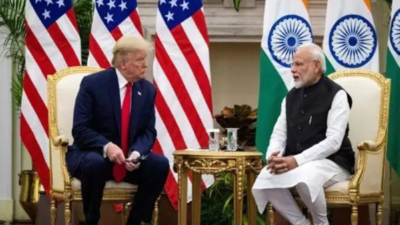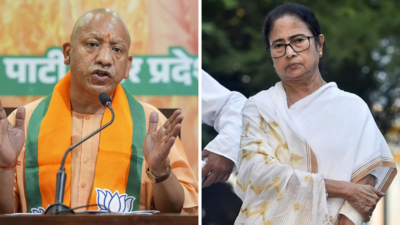‘Zero-for-Zero’ tariff strategy unlikely in proposed India-US trade deal: Official

The proposed India-US bilateral trade agreement is unlikely to include a ‘zero-for-zero’ tariff strategy, as the two nations are at different stages of economic development, official sources said. The idea, though floated by trade experts to counter reciprocal tariff hikes by the US, does not align with how trade deals are typically negotiated, officials noted.
A senior official explained that such a strategy — where both sides eliminate tariffs on similar products — is feasible between advanced economies like the US and the European Union, but not between countries with differing economic structures like India and the US, as reported by PTI.
“Trade agreements do not happen like this — if they go zero on electronics, we will too. That is a wrong notion,” the official remarked. Instead, India and the US are working toward a more comprehensive “package deal” covering a range of issues, including goods, services, and non-tariff barriers.
Negotiations for the bilateral trade agreement began in March, with both countries aiming to conclude the first phase by September or October this year. The goal is to more than double bilateral trade to $ 500 billion by 2030, up from around $ 191 billion currently.
Officials confirmed that sector-specific discussions will be held in the coming weeks following four days of preliminary talks that concluded on March 29. India is also said to be significantly ahead of other nations in terms of readiness for negotiating trade agreements.
The zero-for-zero concept was previously suggested by the Delhi-based think tank Global Trade Research Initiative (GTRI). Under this approach, India would eliminate tariffs on selected American goods in exchange for equivalent US concessions. However, the current stance indicates the Indian government prefers a broader and more balanced negotiation framework.
In terms of trade interests, the US is seeking tariff concessions in sectors such as industrial goods, electric vehicles, wines, petrochemicals, dairy, and agricultural products including apples, tree nuts, and alfalfa hay. India, on the other hand, is likely to push for duty cuts on labour-intensive sectors such as textiles, garments, gems and jewellery, leather, plastics, chemicals, oil seeds, shrimp, and horticulture.
The US has remained India’s largest trading partner for the past three financial years, accounting for about 18 per cent of India’s total exports, 6.22 per cent of imports, and 10.73 per cent of overall bilateral trade.
India recorded a goods trade surplus of $ 35.32 billion with the US in 2023-24, up from $ 27.7 billion in 2022-23. Key Indian exports to the US in 2024 included drug formulations and biologicals ($ 8.1 billion), telecom instruments ($ 6.5 billion), precious and semi-precious stones ($ 5.3 billion), and petroleum products ($ 4.1 billion). Imports from the US featured crude oil ($ 4.5 billion), petroleum products ($ 3.6 billion), coal and coke ($ 3.4 billion), and aircraft and spacecraft parts ($ 1.3 billion), among others.




